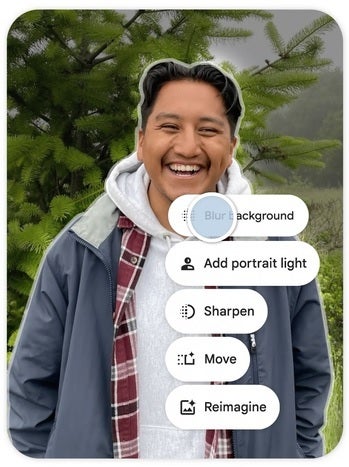YouTube is rolling out a new ad format called “Peak Points,” designed to insert advertisements immediately after emotionally charged or highly engaging moments within videos. The update, announced during YouTube’s Upfront 2025 presentation in New York, signals a shift in how the platform is using AI to refine ad placement.
Powered by Google’s Gemini AI model, the feature analyzes videos to identify moments of peak viewer engagement—such as emotional reveals, cliffhangers, or climactic announcements. Ads are then placed directly after these moments, rather than interrupting scenes mid-sentence or randomly throughout a video.
The goal is to capture viewer attention when it’s likely at its highest. According to YouTube, this strategy benefits advertisers by increasing emotional resonance and recall, aligning with a broader industry trend known as emotion-based targeting. This advertising technique capitalizes on the psychological principle that people are more likely to remember and respond to ads when they’re in a heightened emotional state.
From an advertiser’s perspective, this is a logical next step in behavioral targeting. But from the viewer’s side, it may be a more divisive experience. Interruptions right after high-stakes or sentimental moments—such as a marriage proposal, game-winning play, or dramatic plot twist—could feel jarring and diminish the emotional payoff of the content.
Whether audiences will adapt to the timing of these new placements remains to be seen. YouTube has often tested different ad strategies to balance monetization with user satisfaction, and not all changes have been well-received. Peak Points may walk a fine line between relevance and intrusion, depending on how frequently and aggressively it’s used.
In tandem with Peak Points, YouTube also introduced a more commerce-oriented format: shoppable product feeds. These allow users to browse and purchase items directly from within an ad, expanding the platform’s efforts to make video a central part of the e-commerce journey.
As YouTube continues to innovate its ad offerings, the challenge will lie in integrating monetization in ways that preserve the viewer experience—especially in a digital landscape where ad fatigue and user drop-off are constant concerns.





